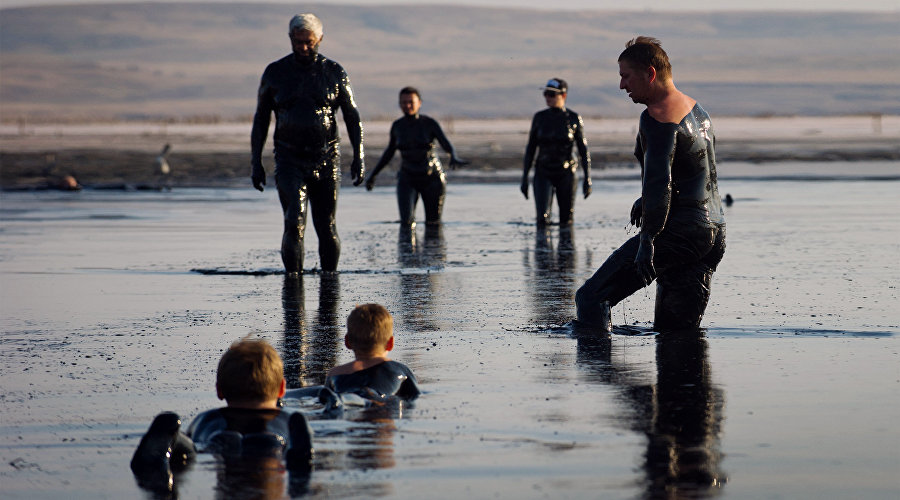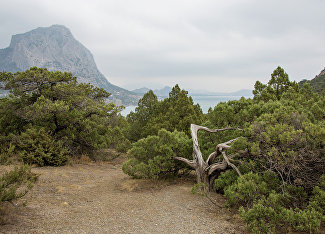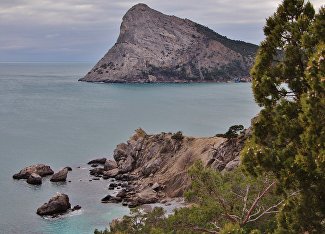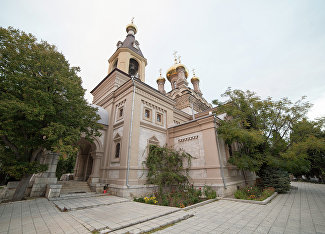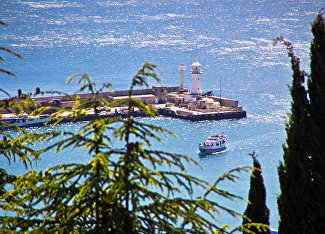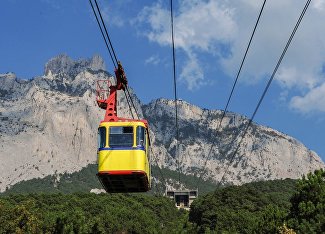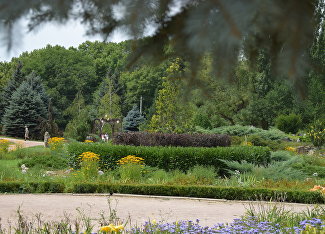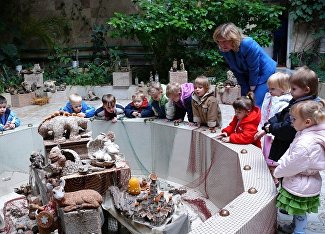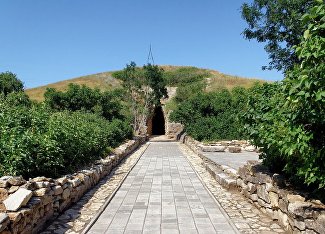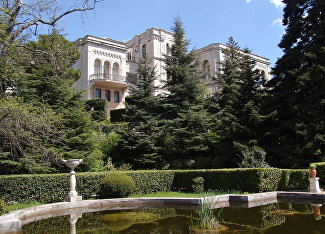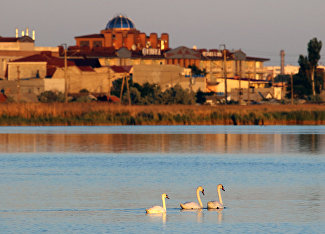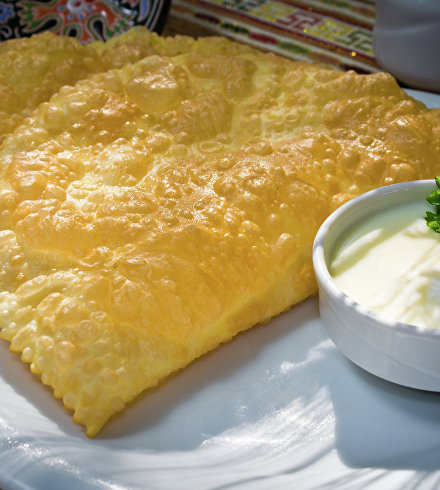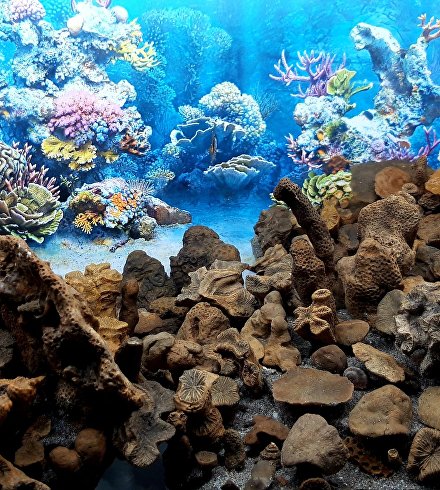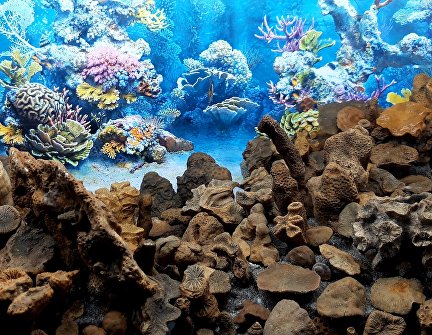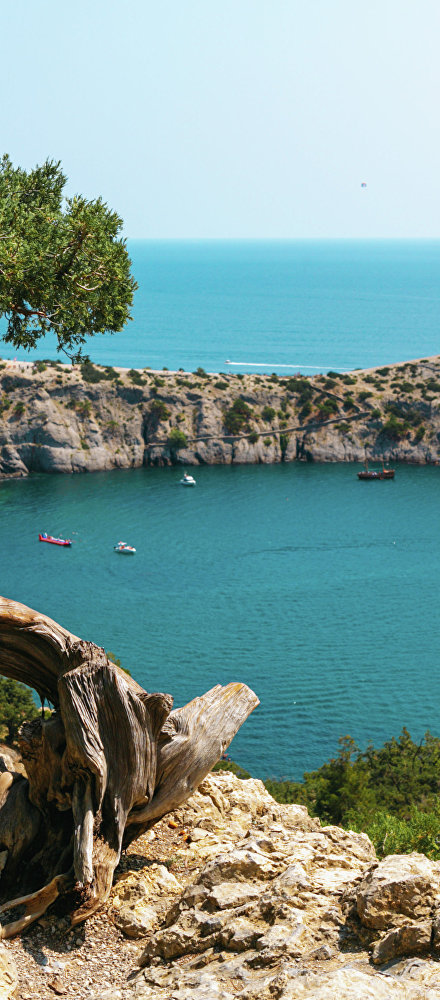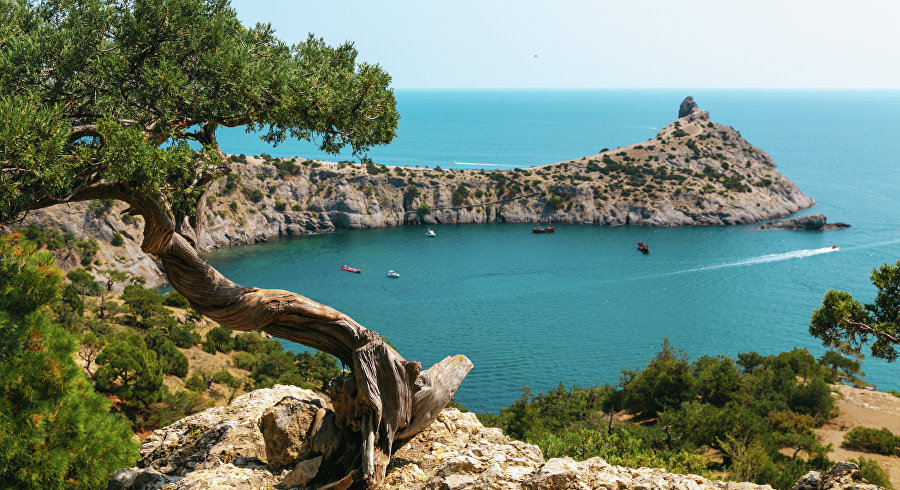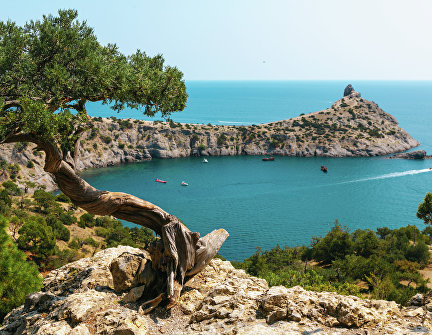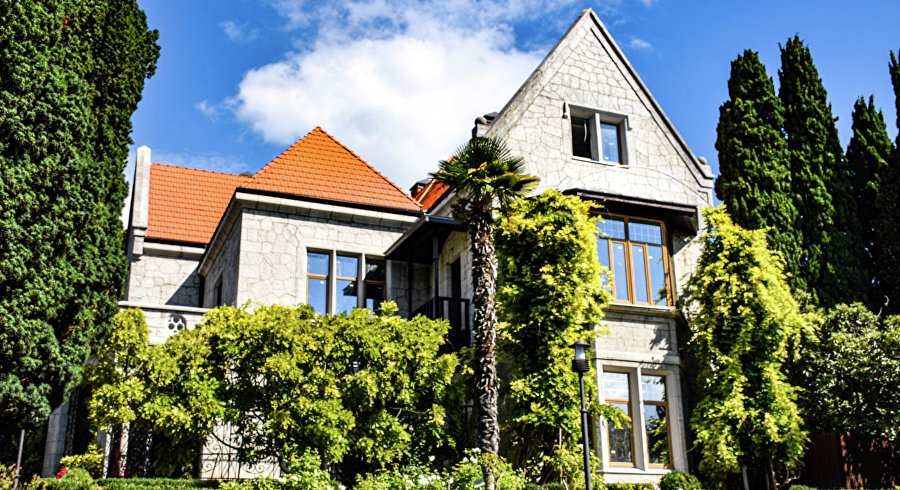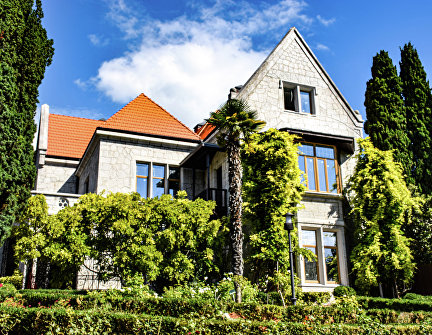The history of Crimean resorts began with the Saki Lake's therapeutic mud. In the ancient times, Saki was dubbed the city of Parasin, which stood for "owner of the soil that heals wounds." In early 19th century, French chemist Felix de Serres carried out an analysis of the Saki mud. That was how the exploration of Crimean resorts began.
Mud therapy is a safe and highly effective alternative to medication when it comes to many diseases. However, you should keep in mind that dosages and the types of mud treatment vary depending on the individual needs. There are also contraindications to their use, and even a simple wrapping can lead to negative or even fatal consequences. Saki and Yevpatoria spa resorts employ a wide range of mud therapy techniques, which include general and local mud applications, the use of mud tampons and rollers, the combined use of therapeutic mud, electric current and ultrasound, as well as mud baths and gas and mud baths.
Mud baths, wraps and applications are beneficial for treating disorders of the musculoskeletal, nervous, respiratory, digestion, genitourinary and gynaecological systems, as well as skin conditions, as therapeutic mud has a wide range of healing effects on the body: it relaxes muscles, dilates blood vessels, regenerates tissues and stimulates the immune system.
Saki Lake is the main source of therapeutic mud used for treatment and prevention of diseases. Its mud is rich in salts, minerals, high-reactive bromine and boron. The medicinal value of the Saki Lake mud is in its organic substences, biostimulants, lipids, vitamins, enzymes, hormones, iron sulfides and water-soluble salts. The water from this lake is a brine rich in bromine, boron, chloride, magnesium and sodium. In its soluble form, this brine is used for therapeutic showers and baths.
The mud that has been used is never thrown away but is restored with the help of special regenerative pools. Some six months later, the mud is ready to be used again.
The Saki-Yevpatoria group of healing lakes includes a total of seven lakes rich in sulfide silt mud that varies from lake to lake in terms of its biological activity. For example, the mud from Lake Sasyk-Sivash, formerly a mineral mud lake, is no longer used in balneology; its salt, however, is rich in micro and macronutrients including magnesium, sodium, bromine, calcium, copper, zinc and iron. In July and August, this lake turns pink due to the blooming of algae Dunaliella. It colours the water while simultaneously enriching it with beta-carotene. Turkish sultans and Russian emperors alike had pink salt on their dinner tables. Apart from revitalising properties, this salt has a beneficial effect on the overall psychological state.
The Moynaki Lake mud is not used for therapeutic purposes either. However, its water, the brine rich in chloride, magnesium and sodium, is a valuable resource in balneology. In summer, its average temperature is +28°С. This makes controlled swimming sessions in this lake especially good for health.
Experts believe Oyburskoye Lake to be promising in terms of mud treatments as well. Its eastern part is richer in biologically active substances than the western one.
Another promising balneology destination is Lake Dzharylhach in Crimea's Chernomorsky District. The silt at the bottom of the lake contains various microelements, organic acids and hormones, while its volume makes industrial-scale extraction possible.
Volcanic mud from Lake Chokrak, Kerch Peninsula, contains almost every element from Mendeleev's periodic table. It is often prescribed even to patients for whom mud therapy is contraindicated.
